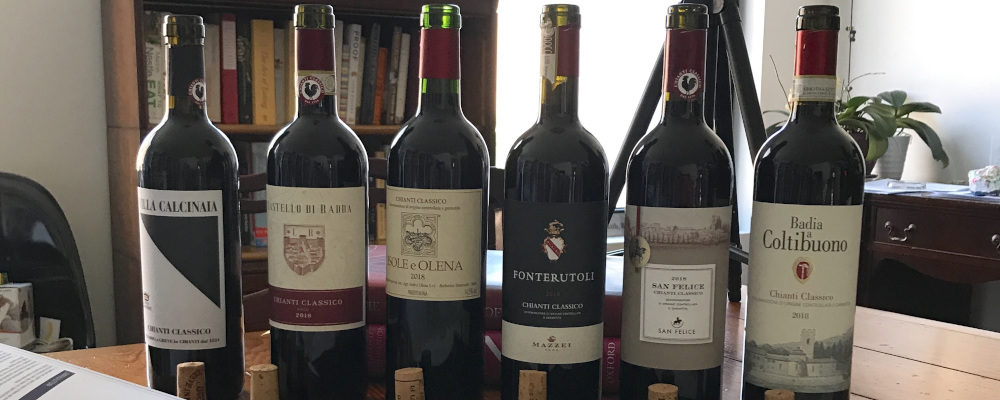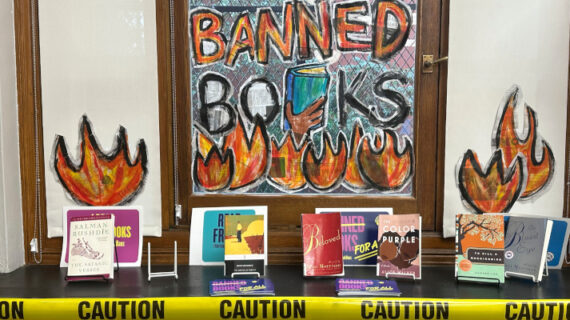Malcom Jolley, co-founder of goodfoodrevolution.com, is joining The Hub as our resident epicurean and wine columnist. Twice monthly, Malcom will be providing readers with a tour of a different wine growing region globally and his recommendations for wine selections available in Canada that capture the terroir of locales, personalities and cultures featured in his column. Hey, it’s Friday and 5 o’clock somewhere. Enjoy! – Stuart Thomson, Editor-in-Chief.
I have a good friend and neighbour who is an economist and likes a glass of wine.
Last fall, before the patios were shut down, we had an extra glass after lunch and, under the heat lamps, we discussed the effect of the pandemic on the global wine trade. As I related my notes from the field, he commented that it sounded like a “K-shaped recovery,” and I had to admit that I wasn’t sure what that meant. Yes, I had seen the K-shaped graphs, but they confused me.
“It just means,” he explained, “that two things are happening at once, and for some people sales are up, but for others sales are down.” I got it, and he was right: wine producers with the right price point and access to the big sales channels like supermarkets, or in most of this country provincial retailers, have done very well.
On the other hand, the producers who counted on most of their sales to restaurants, where the price point is often much higher (for example, $30 or more a bottle) have had a rough go of it since 2020 and the rolling lockdowns in the world’s hospitality industry since the early months of that year.
If your household works like mine, then your food and wine habits may have been K-shaped too, especially during the first lockdown, when cooking at home offered at least something to do, and the emphasis on wine-buying was on maintaining a steady supply.
But by May 2021, we’ve loosened up and we’re ordering in on Saturday nights and treating ourselves to a wine that costs a little more, at home once in a while.
The challenge, then, is to find a wine to go with dinner, a bit more than our everyday ceiling of $20, but that’s also ready to drink and enjoy this Friday night. By the same token, the increase in price paid must at the very least correspond with an improvement in quality and general deliciousness. For these reasons I have been uncorking a good deal of Chianti Classico reds lately.
Chianti Classico is world’s oldest geographically-defined wine region, having been demarcated in 1716 by Cosimo III de Medici, Grand Duke of Tuscany.
It’s a relatively small landmass of roughly 175,000 acres: a series of Arcadian hills and valleys that run more or less north to south from Florence to Sienna, a little more than 10 percent of which is planted with Chianti Classico vines. Chianti Classico wines are labeled as ‘Chianti Classico DOCG’ and will include a seal showing a black rooster, the Gallo Nero.
Chianti Classico producers will take great pains to explain that their region is the true Chianti region, and bottles from the surrounding Tuscan countryside merely labeled ‘Chianti’ should not be confused with Classico, which must be made with more exacting standards. There are three levels of Chianti Classico, each with their own particular rules about how the wine is made and where the grapes (at least 80 percent of which must be Sangiovese) that make come from.
At the top of the price point is the Gran Selezione wines, then the Riserva category and finally the normal or basic wine, which is technically called Annata, but is generally referred to as simply Classico. The Annata wines from the 2018 vintage are now coming through world markets, which is generally thought of as a good solid vintage. There are some very good wines from that vintage (and also the 2016 and 2017), especially in the $20-$35 range that put the Chianti Classico wines on the top half of the K-graph for good value for wine consumers now.
There are three related reasons why Chianti Classico wines are now having a bit of a moment, as the fine wine world has pivoted from restaurant to consumer sales during the pandemic. The first is a case of a curse becoming a blessing. For the past 30 years, the reputation of Italy’s ‘Big B’ wines has grown along with their price. Barolo and Barbaresco from Piedmont and Brunello from Tuscany have had a great run, just as the Chianti Classico producers were trying to find their place, changing the rules of their production and elevating the status of their beloved Sangiovese grape.
The second reason is that the changes worked, and the quality of Chianti Classico wines in this century are widely recognized to have greatly improved, but although the prices of the Riserva and Grand Selezione wines have gone up, but the Annata wines have remained competitively affordable. Finally, many of the established Chianti Classico producers have wide holdings and access to an array of fruit, while also the flexibility of increasing or decreasing the production for Riserva or Gran Selezione wine depending on market conditions. They’ve managed to hold the line and offer a solid product at a consumer friendly price.
A traditional pairing with a Good Chianti Classico that adapts well to Canadian kitchens and backyard grills is bistecca alla Fiorentina, a.k.a. grilled steak with drizzling of good olive oil. A classic vegetarian option would be a stew of Cannellini beans, or anything with a tomato-based sauce.
Most of the well established Chianti Classico producers have wines available across Canada. Look for wines from producers like Antinori, Brancaia, Calcinaia, Fondoti, Mazzei, Ricasoli, Rocca della Macie and many more.




